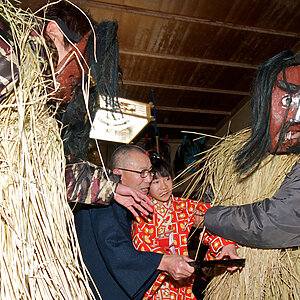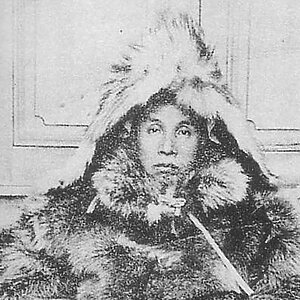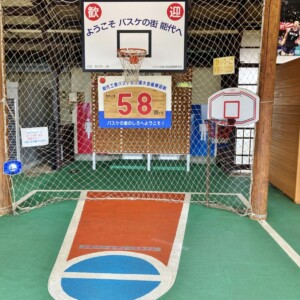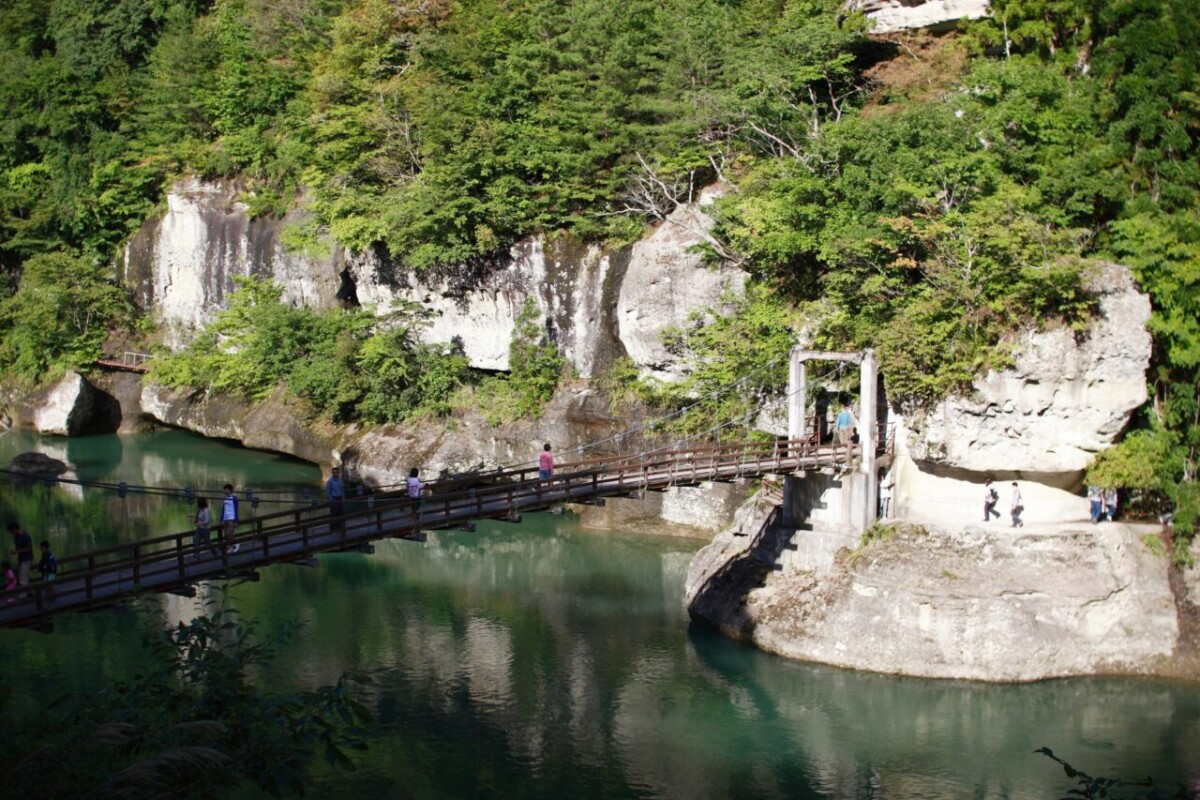
[Minamiaizu District, Fukushima Prefecture] The abundance of hot springs in the Nasu volcanic belt is attractive. ``Yunokami Onsen'' is a base for sightseeing in ``Ouchi-juku'' and ``Tanohetsuri.''
table of contents
- 1 Ouchijuku, forgotten since the Meiji era, and Yunokami Onsen, back in the limelight
- 2 The new road built in the Meiji era greatly developed Yunokami Onsen
- 3 Abundant hot spring water, natural spring water for beautiful skin
- 4 Asakusa, Kinugawa Onsen, Aizu Highlands, Yunokami Onsen, and Aizuwakamatsu are connected by rail
- 5 Aizu Railway's popular "Oza Toro Scenic Train"
- 6 Yunokami Onsen Station: A station building with a thatched roof welcomes you
- 7 Tonohetsuri, a designated natural monument
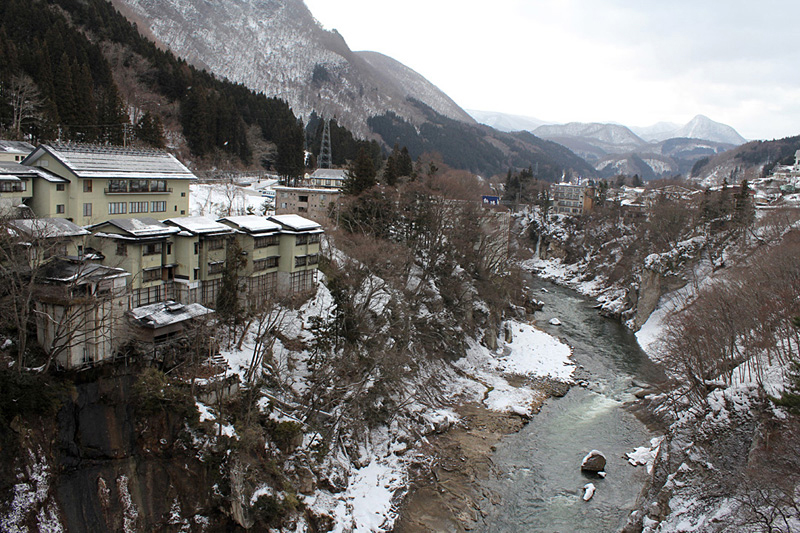
Yunogami Onsen is located in Shimogo Town, at the southernmost tip of Fukushima Prefecture's Aizu region, bordering Nasu-Shiobara City, Tochigi Prefecture. It's located along the Agano River (Aganogawa in its downstream Niigata Prefecture section) that flows through the center of town, at the confluence of National Route 121, which connects Nikko City and Aizuwakamatsu City in Tochigi Prefecture, and National Route 118, which leads to Sukagawa City. The abundant hot spring water that springs from the Nasu volcanic belt is a draw, making this a popular base for sightseeing, including Ouchi-juku, lined with thatched-roof houses, and Tonohetsuri, the most scenic spot in the Agano River
Ouchijuku, forgotten since the Meiji era, and Yunokami Onsen, back in the limelight
According to legend, the hot springs at Yunokami were discovered during the Nara period, when a monkey soothed his wounds in the hot springs that gushed forth from the riverbank. However, they did not appear in history for a long time after that. They only came into the spotlight in the Meiji period, when the Shimotsuke Kaido (known as the Aizu Nishi Kaido from the Kanto region), which had previously threaded through the mountainous region, was abolished and replaced by the new Shin-Nikko Kaido (National Route 121, 1884) running along the Agagawa River. It is said that the first hot spring inn opened in Yunokami in 1887 (Meiji 20)
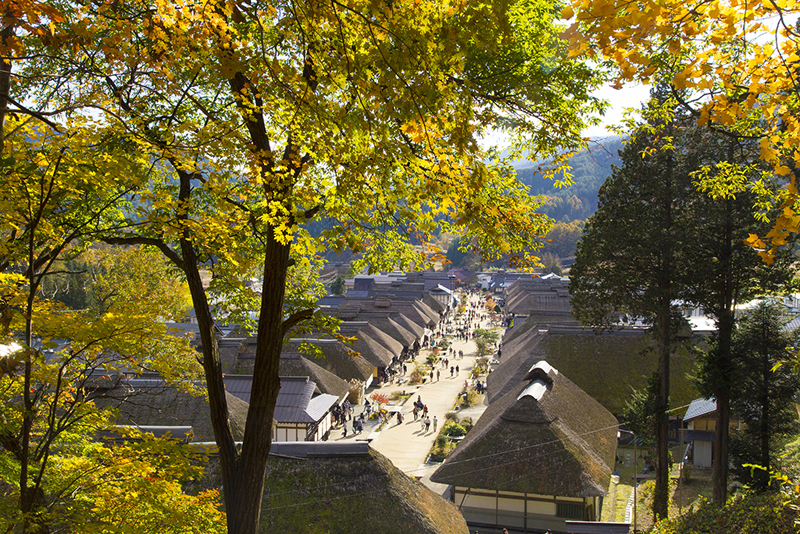
During the Edo period, Shimotsuke Kaido Road, which connected Edo and Nikko to Aizu-Wakamatsu via the shortest route, was used by the Aizu clan and feudal lords from Yamagata and Akita on their alternate attendance routes, and as a major route for the distribution of goods between the Kanto region and the Aizu region, post towns along the road, including Ouchi-juku, were bustling with activity
The new road built in the Meiji era greatly developed Yunokami Onsen
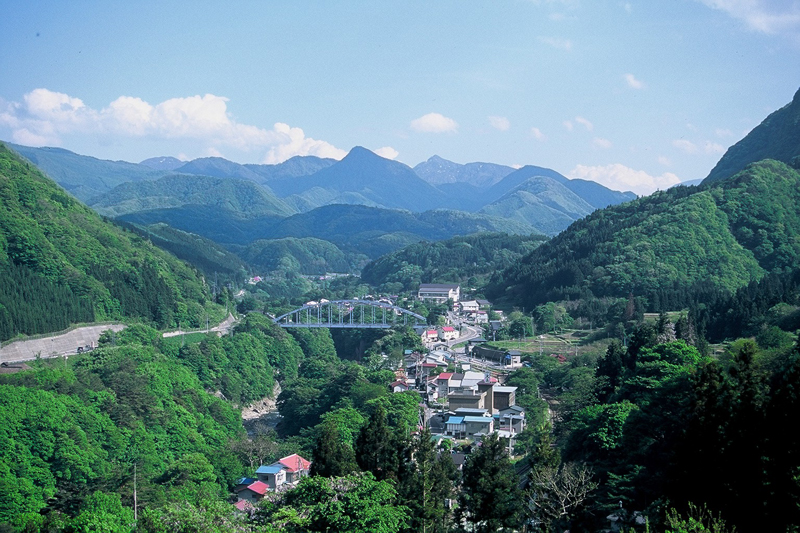
In the Meiji era, the Shimotsuke Kaido road through the mountains was found to be too inefficient, so a new, flat national highway, Route 121, was built along the Agagawa River. The construction of the new road brought new places into the spotlight, such as Yunokami Onsen and Tonohetsuri, but the post towns on the old Shimotsuke Kaido road saw a decrease in people coming and going, and were left behind by the times. This led to the miracle that Ouchi-juku has remained in its original form
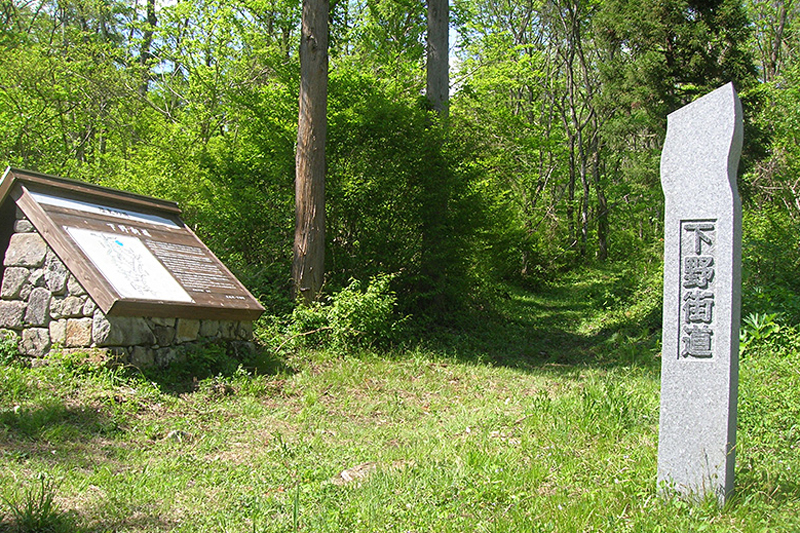
In parts of Shimogo-cho on the old Shimotsuke Kaido, roads and signposts remain intact and have been designated a national historic site
Abundant hot spring water, natural spring water for beautiful skin
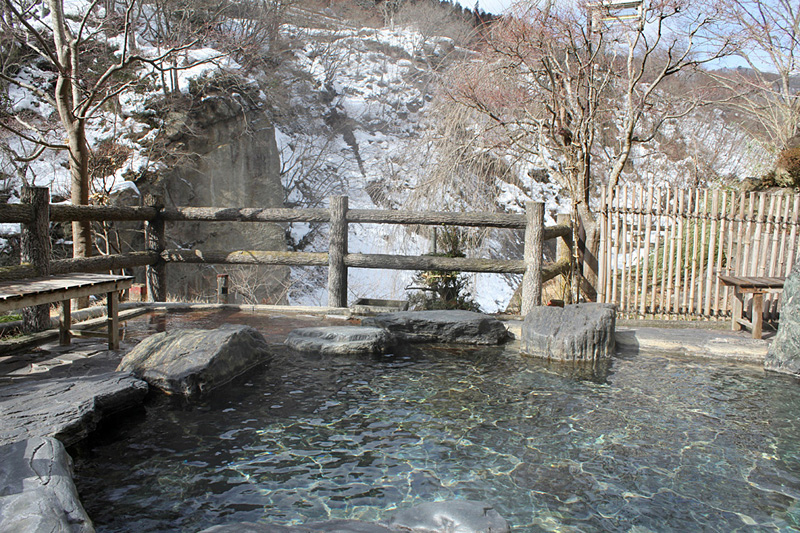
Yunokami Onsen has eight hot springs. All eight are of similar quality, a simple alkaline hot spring. These eight springs are collected and distributed to approximately 25 hot spring facilities as well as private homes. The hot spring water is used at approximately 2,000 liters per minute, so abundant that each facility can use it as a free-flowing source. The source temperature is around 60°C. It is said to be effective for neuralgia, muscle pain, joint pain, bruises, sprains, chronic digestive diseases, sensitivity to cold, and fatigue recovery. The soft alkaline hot spring water is especially popular among women as it is known for its skin-beautifying properties
Yunokami Onsen<Information>
- Facility name: Yunokami Onsen
- Location: Oshima, Yunokami, Shimogo Town, Minamiaizu District, Fukushima Prefecture
- Phone number: 0241-68-2818 (Yunokami Onsen Tourism Association)
- URL: Yunokami Onsen, a hot spring and valley village
Google Map
Asakusa, Kinugawa Onsen, Aizu Highlands, Yunokami Onsen, and Aizuwakamatsu are connected by rail
When the Japanese National Railways Aizu Line (now Aizu Railway) opened in 1932 (Showa 7), connecting Nishiwakamatsu Station (Aizuwakamatsu City) and Aizu-Tajima Station (Minamiaizu Town) on the former Japanese National Railways Tadami Line (now JR Tadami Line), Yunokami Station was built, greatly improving transportation access to Yunokami Onsen
The JNR Aizu Line was extended to Aizu-Takinohara Station (now Aizu-Kogen-Ozeguchi Station) in 1953 (Showa 28), and then in 1986 (Showa 61), the Yagan Railway Aizu-Kinugawa Line opened, connecting Shin-Fujiwara Station on the Tobu Railway Kinugawa Line with Aizu-Takinohara Station, connecting Asakusa in Tokyo to Yunokami Onsen via Kinugawa Onsen. When the Yagan Railway opened, Aizu-Takinohara Station was renamed Aizu-Kogen Station, and has now been renamed Aizu-Kogen-Ozeguchi Station. The JNR Aizu Line was transferred to the third sector in 1987 (Showa 62) and renamed Aizu Railway
Aizu Railway's popular "Oza Toro Scenic Train"
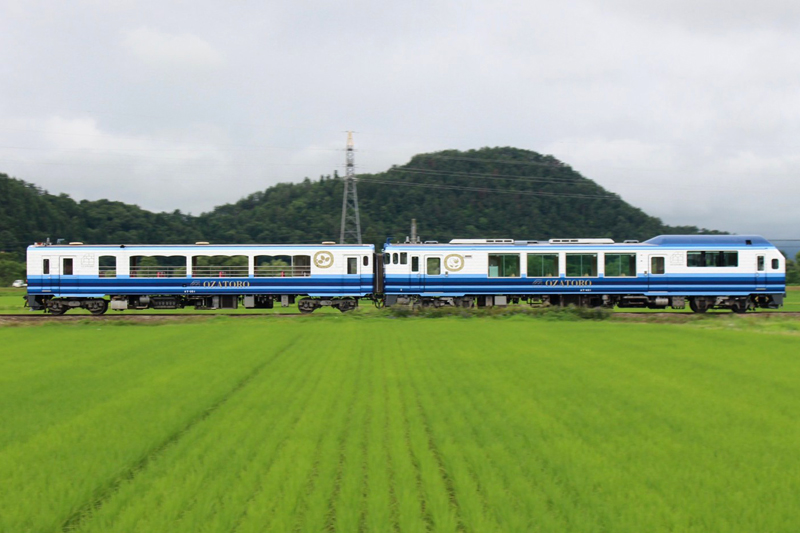
As of 2022, all Aizu Railway trains depart and arrive at Aizu-Wakamatsu Station on the JR Tadami Line and Ban'etsu West Line. Additionally, some Tobu Kinugawa Line express trains run to Aizu-Tajima Station, and a relay service is available for transfers. The popular "Oza Toro Panorama Train" runs between Aizu-Wakamatsu Station and Aizu-Tajima Station, with one car featuring trolley seating and the other featuring a tatami room and observation seating (please check the operating dates for the Oza Toro Panorama Train)
All Aizu Railway trains stop at Yunokami Onsen Station, making it a convenient base for sightseeing in the Aizu-Wakamatsu, Aizu Highlands, and Oze areas
Yunokami Onsen Station: A station building with a thatched roof welcomes you
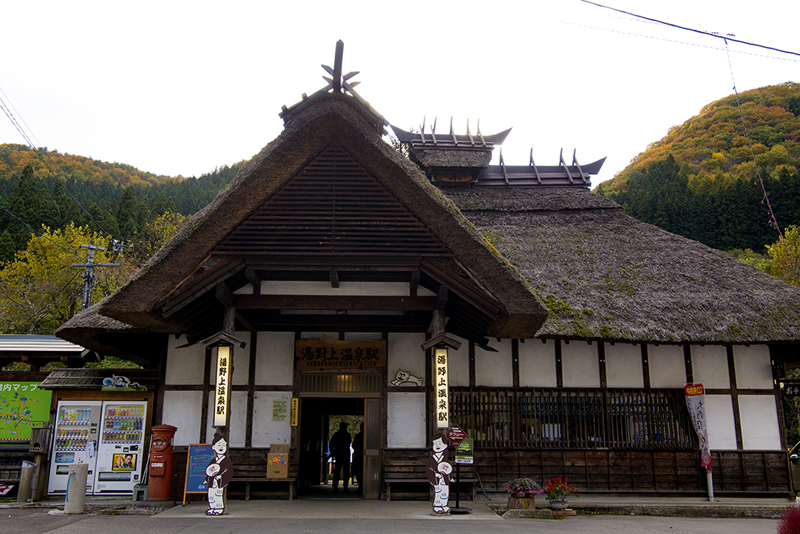
Yunokami Onsen Station has a thatched roof and is a popular photo spot for tourists and railway fans. The thatched roof station building was built in 1987 when the Aizu Railway was transferred from the former Japanese National Railways. The station building also has a hearth, and the foot bath attached to the station is free to use
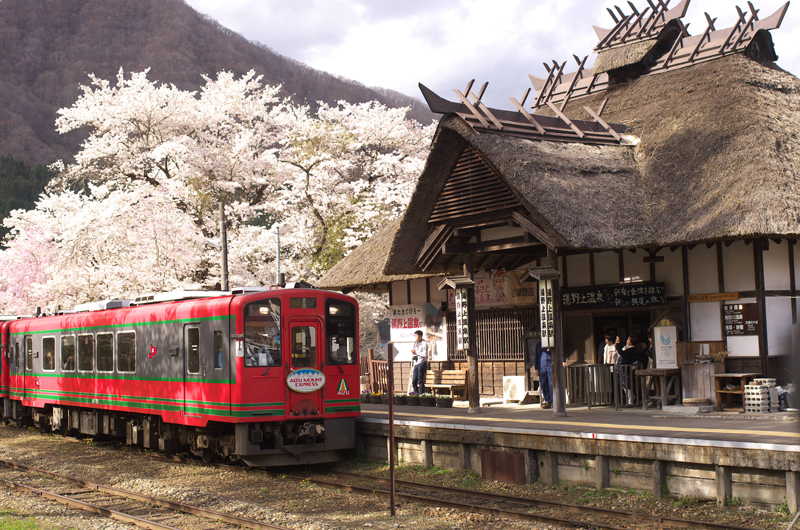
Yunokami Onsen Station<Information>
- Facility name: Yunokami Onsen Station
- Phone number: 0241-68-2533
- For inquiries about timetables, etc., please contact Aizu Railway
- Phone number: 0242-28-5886
- URL: Aizu Railway
Google Map
Tonohetsuri, a designated natural monument
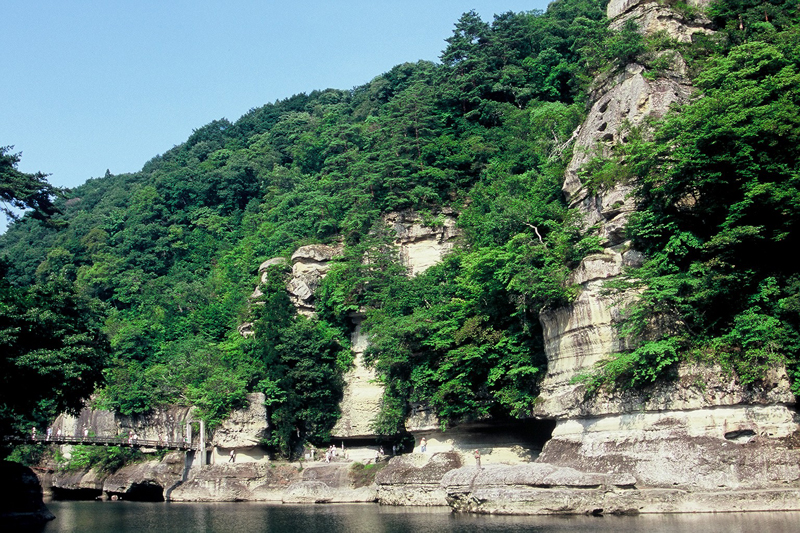
"Tonohetsuri" is a scenic spot located about 5km upstream on the Agagawa River from Yunokami Onsen. "Hetsuri" means steep cliff in Aizu dialect, and it was named after the many cliffs along the river that stand tall like towers
This single layer of rock is made up of multiple layers of hard rocks such as tuff breccia and relatively soft tuff. River erosion has worn away only the soft tuff, creating this magnificent landscape over the course of more than a million years. This landscape has been designated a national natural monument
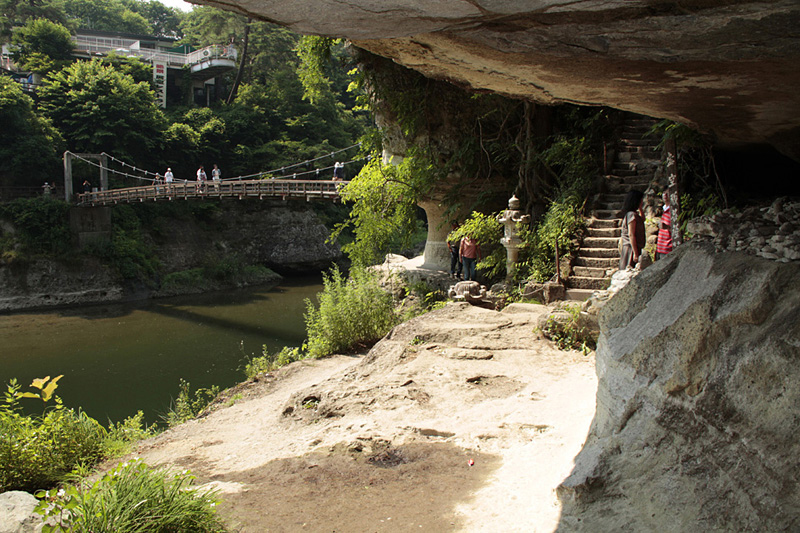
Cross the suspension bridge and walk along the promenade built on the eroded area, where you can see the magnificent natural formations. The temple at the back is said to have been built in 807 by Sakanoue no Tamuramaro, who was the commander in chief of the expedition against the Emishi (northeastern Japan)
Tower of the Dead<Information>
- Facility name: Tonohetsuri
- Location: Shimotabayashi, Yagoshima, Shimogo Town, Minamiaizu District, Fukushima Prefecture
- Phone number: 0241-69-1144 (Shimogo Town Tourism Association)
- Free to visit *The suspension bridge is open in winter



![Urabandai is attractive for its beautiful scenery created by the powerful volcanoes and the beautiful lakes and small lakes [Fukushima Prefecture] Urabandai scenery](https://jp.neft.asia/wp-content/uploads/2023/02/22387665_m-150x150.jpg)
![[Tohoku Autumn Foliage Driving Map: Fukushima Edition] 3 Recommended Driving Courses and Local Cuisine! Fukushima Catch](https://jp.neft.asia/wp-content/uploads/2024/10/cb34bf6367937424774a9fc363549068-150x150.jpg)
![[Shimogo Town, Fukushima Prefecture] Recommended for the autumn foliage season! A stroll through Kannonuma Forest Park kannonnumashinrinkoen05](https://jp.neft.asia/wp-content/uploads/2023/09/kannonnumashinrinkoen05-150x150.jpg)
![What is Shirakawa's Seki? Shirakawa, a border town where the checkpoint was once located [Fukushima Prefecture] Shirakawa Seki destination display](https://jp.neft.asia/wp-content/uploads/2022/08/26073816_m-150x150.jpg)
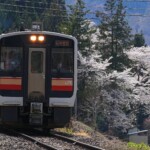
![A tour of precious cultural assets that remain in Minami Aizu, the southern part of the Aizu region [Fukushima Prefecture] 002402574](https://jp.neft.asia/wp-content/uploads/2022/11/002402574-150x150.jpg)
![What is Hinouegi Village, a hidden village where villagers pass on kabuki? [Fukushima Prefecture] Hinoedagi Kabuki](https://jp.neft.asia/wp-content/uploads/2022/08/9d13fead1001e798543d73e8a16d82ac-150x150.jpg)
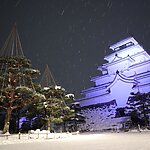



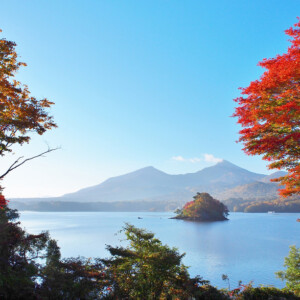

![Koriyama brand vegetables [Green Sweet]](https://jp.neft.asia/wp-content/uploads/2024/09/IMG_8104-300x300.jpg)


